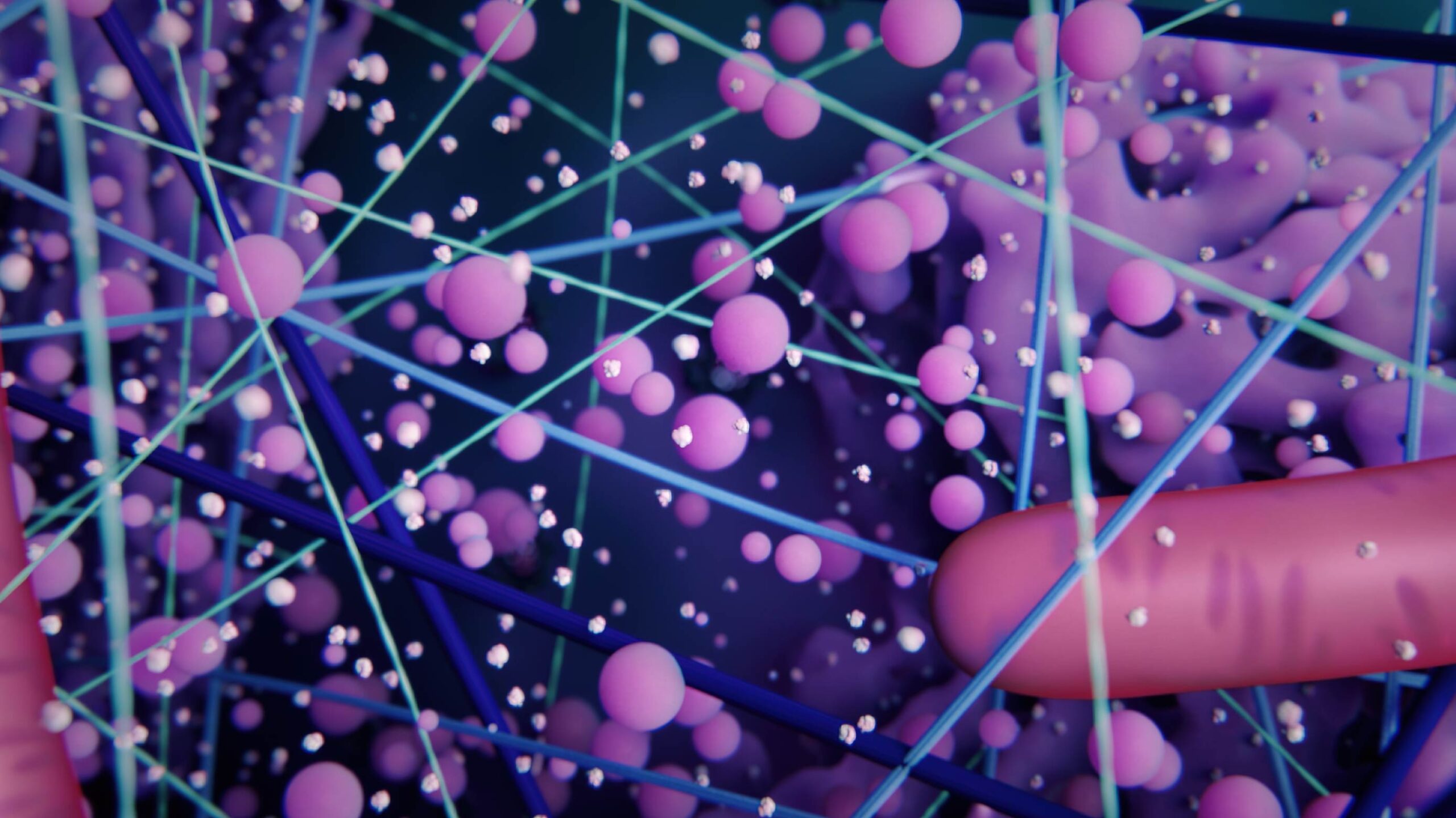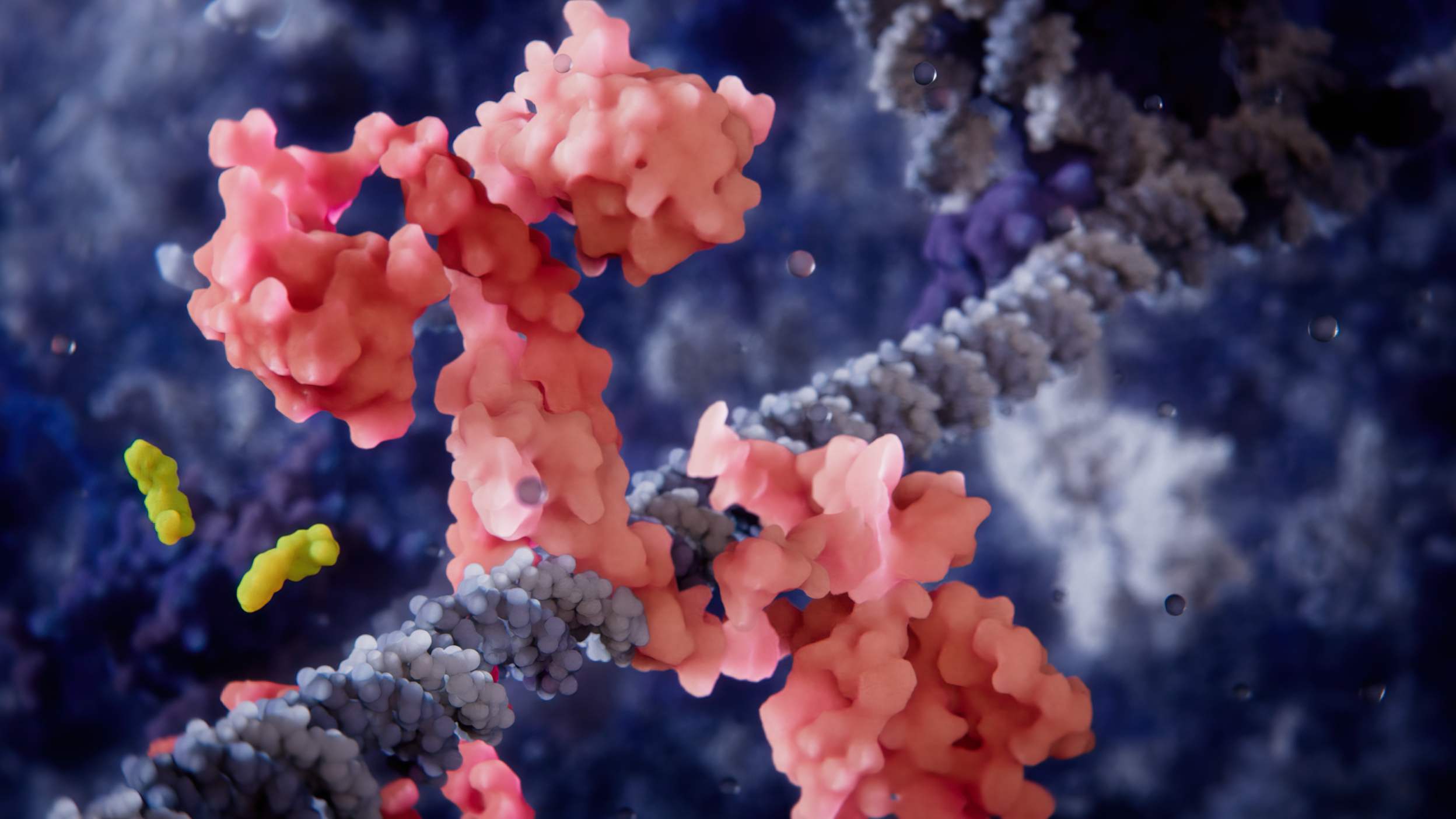Scientifically accurate 3D model
of HIV
We created this 3D model and visualization of the HIV viral particle in the year 2009. At 2010 it has been awarded the first place and named the best scientific visualization at the Science and Engineering Visualization Challenge (SEVC), a competition organized by Science magazine and the National Science Foundation.
Since then it appeared on the covers of special issue of Nature Medicine, International AIDS Vaccine Initiative (IAVI) Report, influential textbooks "Vaccines", and "Principles of Virology". It was featured in The New York Times, Cell Picture Show by CellPress, National Geographic, Wired, Popular Science, and elsewhere. It received positive feedback from Nobel Prize winners including Francoise Barre-Sinoussi.
Project goal
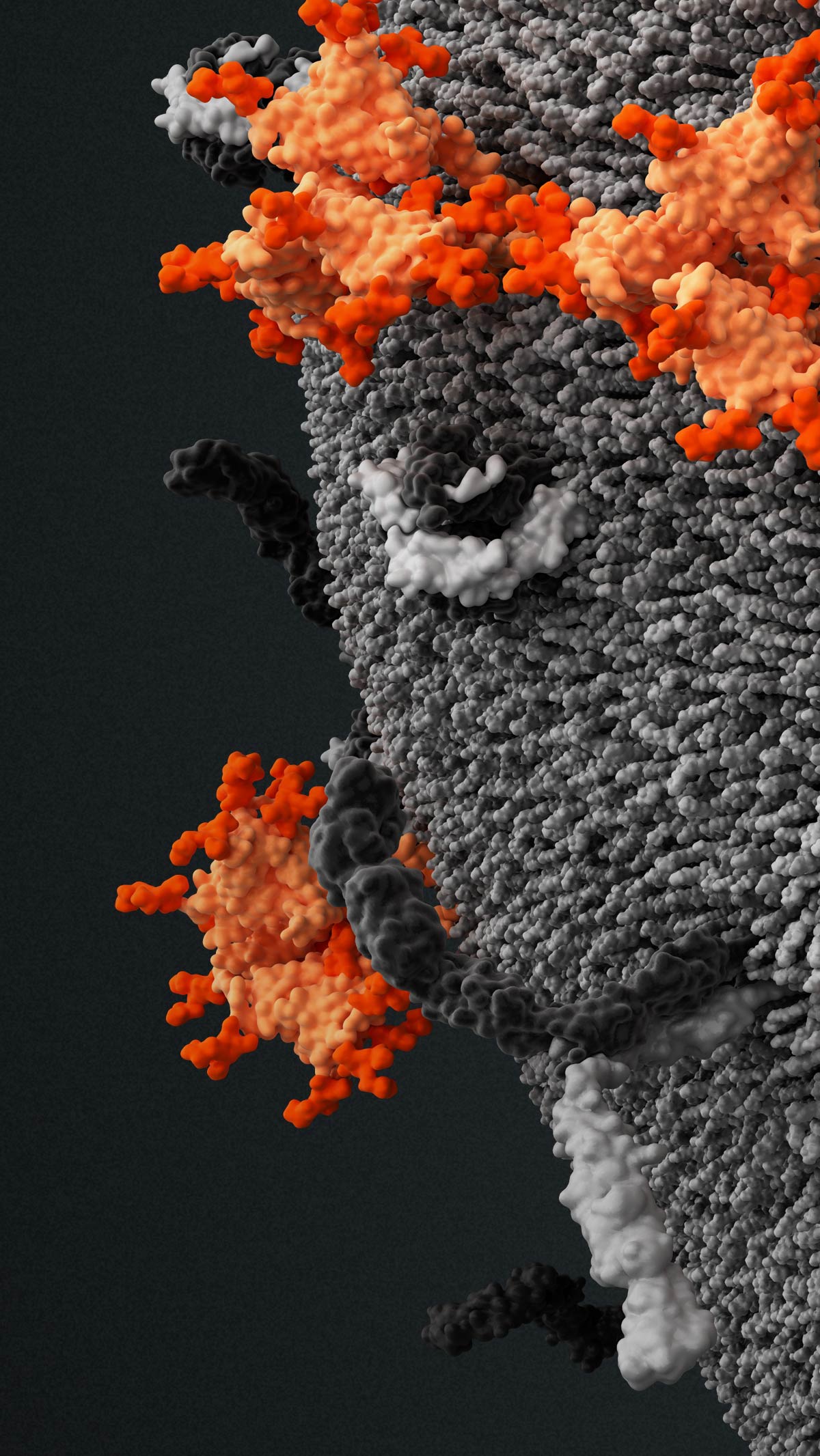
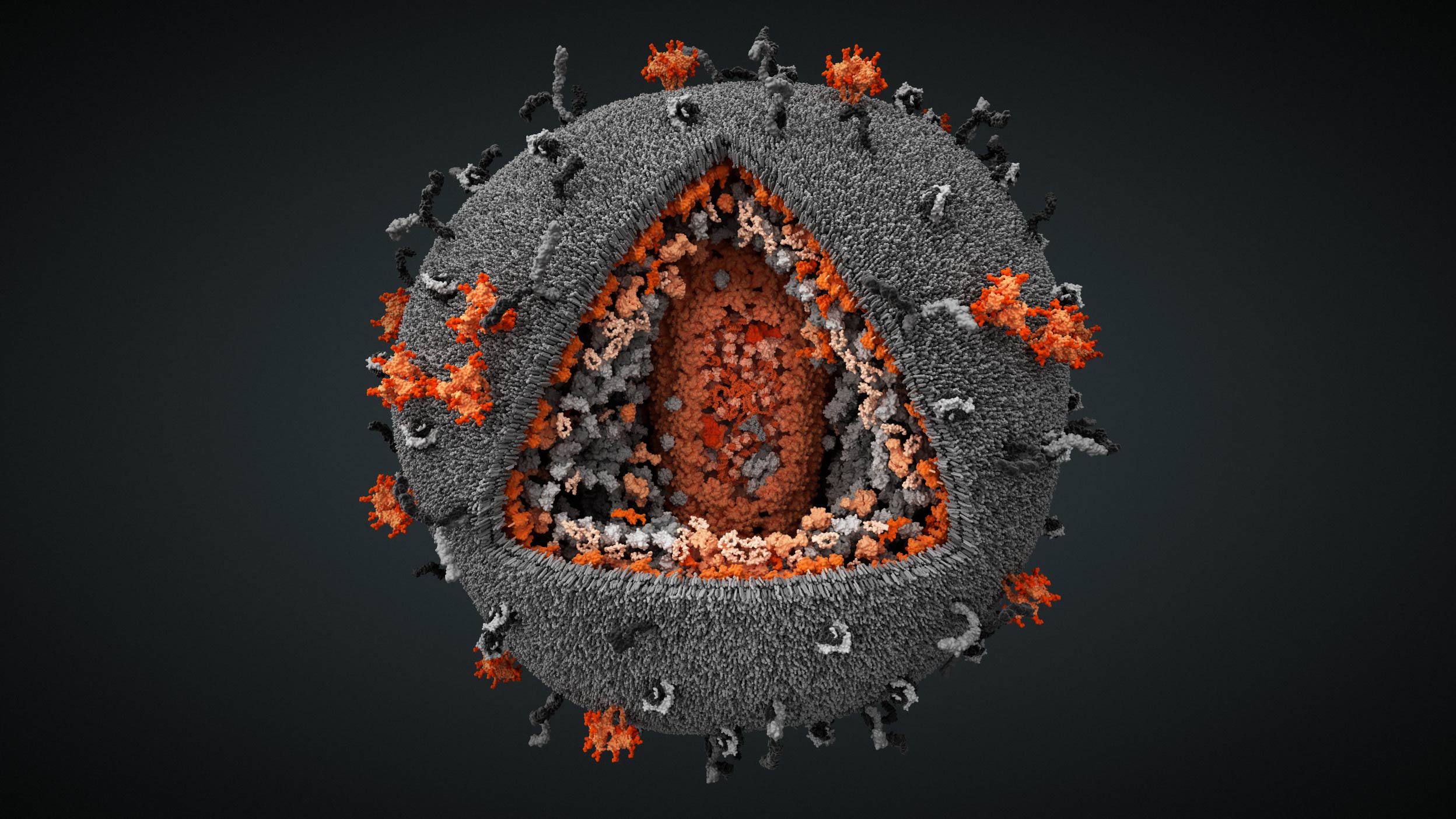
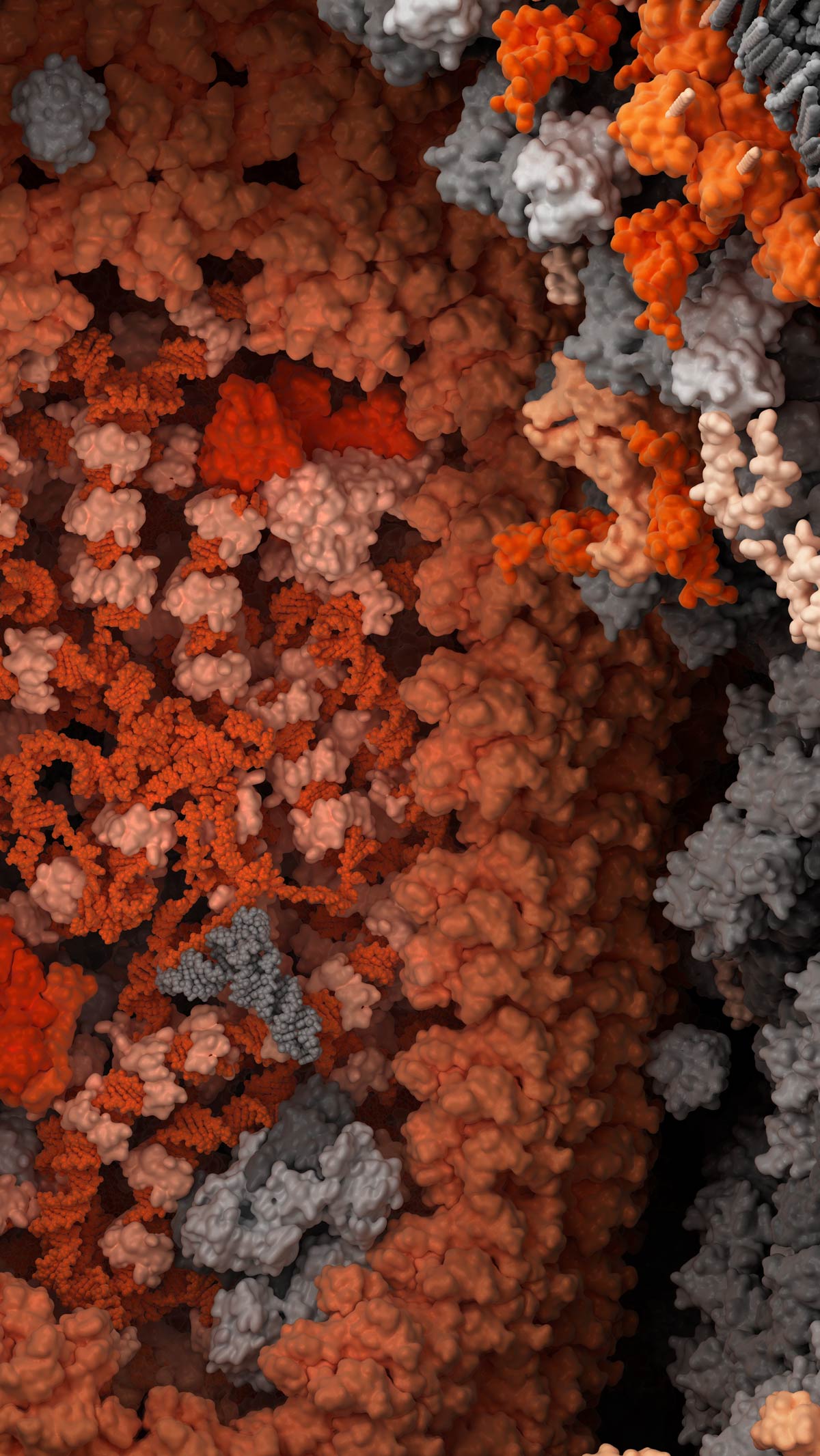
The Process




Why we used this animation type?
This complex and very resource-consuming project was the first High-End molcecular visualization we produced and it set the standards not only for our team but also for many our colleagues in the industry. The depicted spatial configurations of 17 different viral and cellular proteins found in the HIV particle are in strict accordance with known 3D structures. The viral membrane in the model includes 160,000 lipid molecules of 8 different types in the proportion found in the HIV particle.





